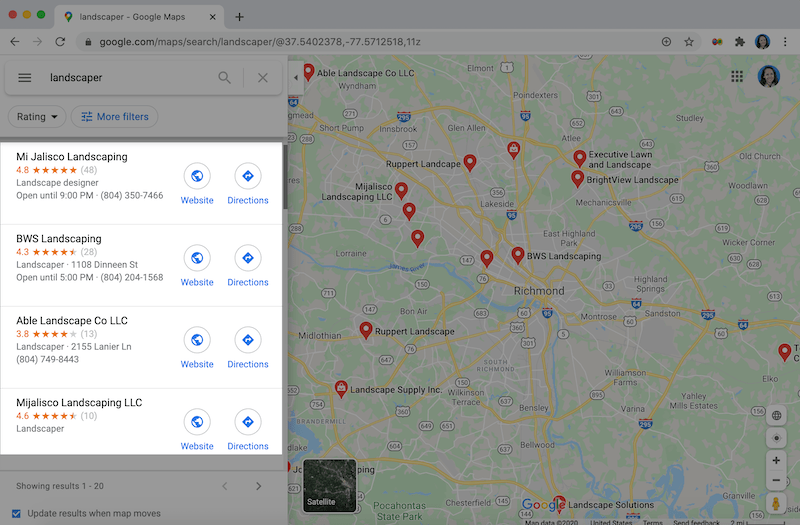Google Mapping a way to the top – Page 2 of 2 – StartupSmart
…Getting lucky
“Everything can be traced back to a guy called Frank Marshall. He’s an amazing guy and was on the board of the Silicon Valley company that laid me off.
He didn’t really know me, but he knew my name. We targeted him as we knew that he could put us in touch with people who could help the business take off.
He was speaking at Carnegie Mellon University and we just crashed the event. He gave us an hour of his time, heard us out and put us in touch with VCs who would give us their time.
We got pretty close with Sequoia, maybe seven out of 10. That’s not bad. They introduced us to Google, which is where it got interesting.
The reason that Sequoia didn’t want to invest in us was exactly the reason Google wanted to buy us. Google didn’t have anything like that at the time and they wanted to keep up with what others were doing. It was a blow to lose the investment, but we had found another way to do it.”
…Hitting the big time
“Before Google, we ran the business on my severance pay, my brother moved in with our mum, he sold his car, maxed out his credit card and cashed in a pension. We had no money.
Every night I’d lie awake thinking about the pension I wasn’t paying into. That’s why I always have a lot of respect for people who will change their life to do something new and different.
Once I got to Google, everything changed. In many ways, it was the most enjoyable time of my career. I had the resources, a had a few engineers and we were left to our own devices.
It was so much fun. We set up an office in Sydney and decided we could change the world. In a way I was worried because none of the big guns were paying attention to what we were doing, which made me think ‘are we doing the right thing here?’
Since then, Google has become 10 times bigger than the small model, but the teams didn’t scale. There was a pretty dramatic shift to central control where everything was directed from the top. I’m not sure I would’ve enjoyed it.
When they launched Google+, it went straight up on the toolbar, which was unheard of when I was there. Before, you had to prove yourself – Google didn’t link to Maps. Even if you searched for it on Google, you got another mapping provider.
We didn’t get traffic until we’d proved ourselves, which was good in a way.”
…Failure
“I was pretty tense when Google shut down Wave. I can’t say they were really wrong to do so, but it was very hard. I knew it was time to move on.
I was disappointed as it was my creation and it failed. It was ambitious, and you should be ambitious, but the mistake was to rely a lot on the resources we had. We grew the team very quickly and based the idea on the resources we had and it’s not clear that it worked.
Sergey (Brin, co-founder of Google) always said ‘scarcity brings clarity’ and I wish I’d understood that a bit better. I still believe email is outmoded and we could do something better. But it was painful.”
…Proving people wrong
“You let time pass after failure and then come back with a vengeance. No one is a harsher critic of me than me. You learn and you grow.
People told me that Maps wouldn’t work and if you want to be entrepreneurial, you have to prove them wrong. If people say ‘this hasn’t been done before, it won’t work’, you need to get past that.
You try something and it’s a big deal or it’ll fizzle. If it fizzles, it will be painful, but it’s better to have tried and failed than never tried at all.”
…What’s next
“I’m involved in a lot of exciting stuff at Facebook. We are working one project at the moment that was conceived on the inside that is very exciting. No, I can’t tell you what it is. But I’m having lots of fun.”

